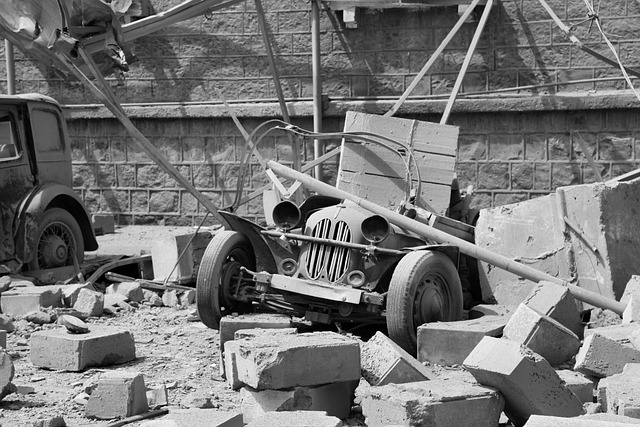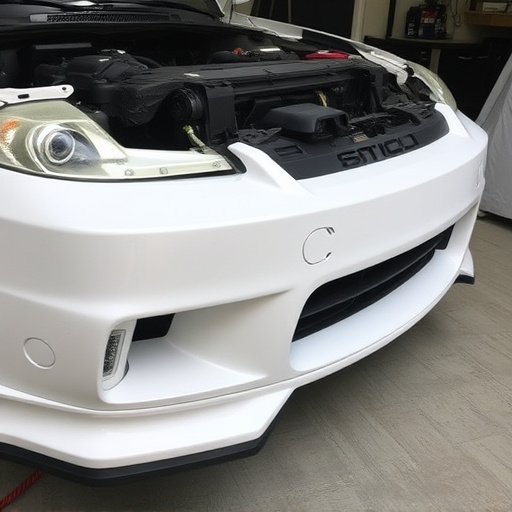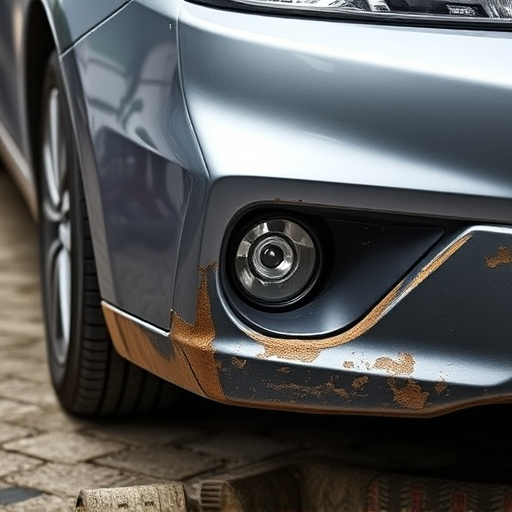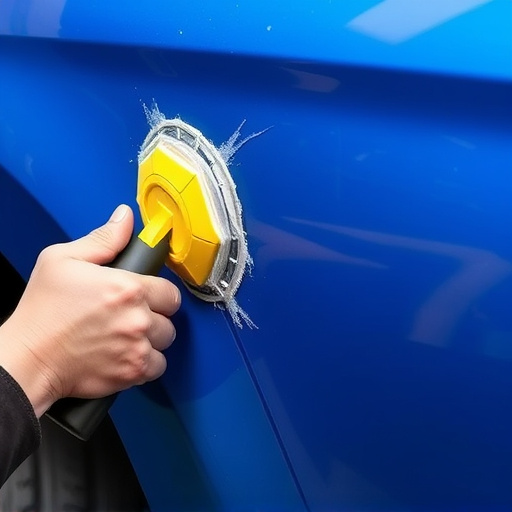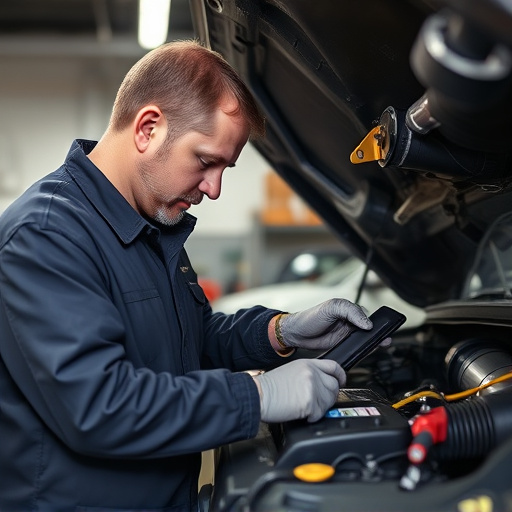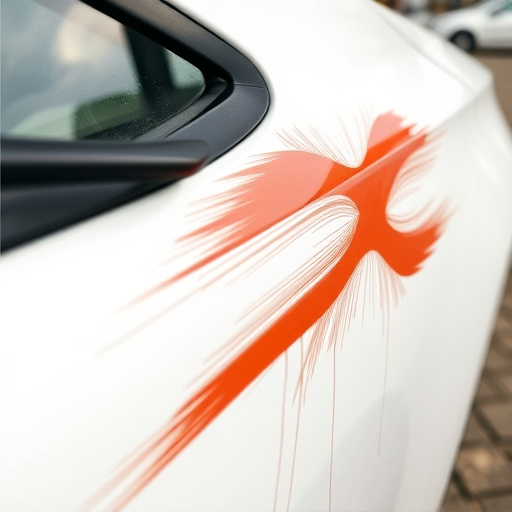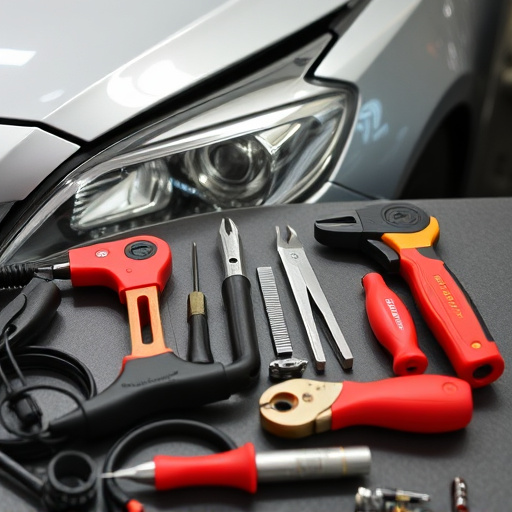Fender dents range from minor cosmetic issues to structural damage, commonly caused by collisions or parking incidents. Auto body shops use advanced tools and techniques for repair, maintaining vehicle integrity and aesthetics. For minor dents, basic tools like clamps and hammers suffice; severe cases require filler, sandpaper, primer, and paint. Regular auto maintenance prevents future dents. Fender dent repair is a valuable skill for DIY enthusiasts and mechanics, with this guide offering a detailed process from preparation to finishing for classic car restoration or fleet maintenance.
“Fender dent repair is a crucial skill for car owners aiming to restore their vehicle’s aesthetic appeal. This comprehensive guide delves into the world of dent removal, offering insights on understanding and identifying various fender dent types caused by everyday incidents. We equip you with the knowledge of essential tools and materials needed for an effective fix.
By following our step-by-step procedure, you’ll master the art of removing dents, ensuring your car looks as good as new. Get ready to transform those unsightly fender marks into a seamless finish.”
- Understanding Fender Dents: Causes and Types
- Tools and Materials for Dent Repair
- Step-by-Step Guide to Effective Dent Removal
Understanding Fender Dents: Causes and Types

Fender dents can range from minor cosmetic issues to significant structural damage, and understanding their causes is essential for effective fender dent repair. The most common type is a fender bender, typically resulting from low-speed collisions or parking incidents where another vehicle makes contact with the fender or wheel well. These often leave shallow depressions or dimples that can be addressed with simple techniques like painting over or more intricate methods involving metal shaping and bonding.
Other types include dings, dents caused by objects like rocks or shopping carts, and deep creases from more severe accidents. In an auto body shop, professionals are equipped to handle these varied issues using advanced tools and techniques, ensuring not only effective fender dent repair but also maintaining the vehicle’s overall structural integrity and aesthetic appeal.
Tools and Materials for Dent Repair
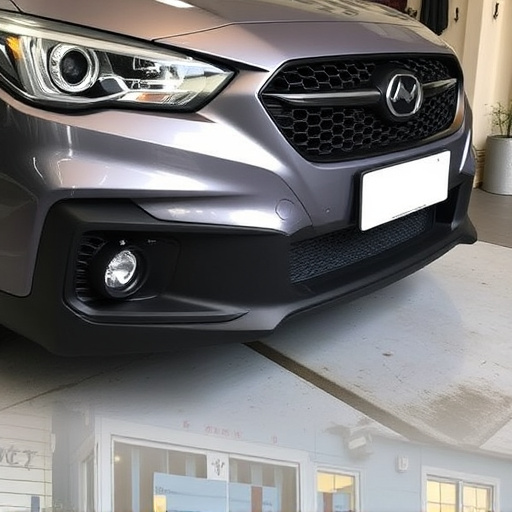
Before starting any fender dent repair, it’s essential to gather the right tools and materials. For most minor dents, a set of padded clamps, a hammer, and putty knives will suffice. Padded clamps gently press the dent back into place, while the hammer and putty knives help smooth out any remaining imperfections.
Additional materials like auto-body filler, sandpaper, primer, and paint are necessary for more significant dents that require reshaping or repainting. Auto painting experts recommend using high-quality products designed specifically for automotive repair services to ensure a durable, long-lasting finish. Regular auto maintenance can help prevent future dents by keeping your vehicle’s exterior in top condition.
Step-by-Step Guide to Effective Dent Removal
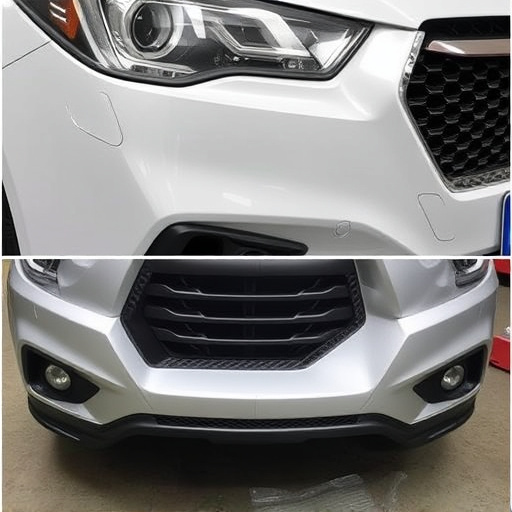
Fender dent repair is a crucial skill for both DIY enthusiasts and professional vehicle repair shops. Here’s a step-by-step guide to help you achieve effective dent removal, ensuring your vehicle looks as good as new. Begin by preparing the area around the dent with sandpaper, creating a smooth surface for better adhesion during the repair process. This is especially important for classic car restoration projects where aesthetics matter most.
Next, apply a suitable dent puller or metal slider to the dented panel. Work slowly and carefully, as sudden movements can create additional damage. Once the dent is pulled out, use fine-grit sandpaper to smoothen any remaining imperfections. This meticulous process ensures flawless results for both personal and fleet repair services. After sanding, prime and paint the repaired area to match the vehicle’s original finish, completing your fender dent repair job effectively.
Fender dent repair is a process that can restore your vehicle’s appearance and value. By understanding the causes and types of fender dents, having the right tools and materials, and following a step-by-step guide, you can effectively remove dents and maintain the integrity of your car’s body. Remember, proper preparation and technique are key to achieving professional results. With these tips in mind, you’re well on your way to mastering fender dent repair.
